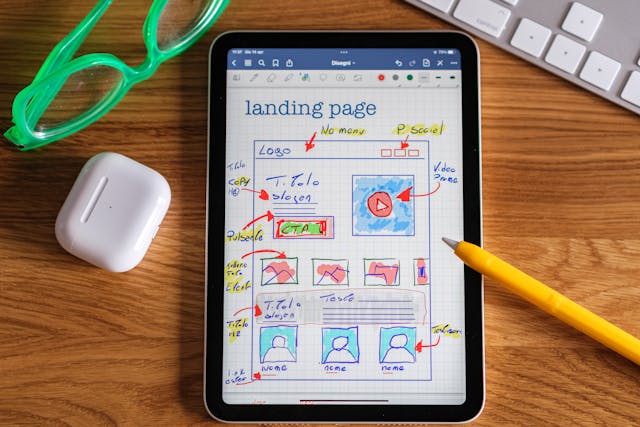
Navigating the Software Project Lifecycle: Methodologies, Challenges, and Best Practices
In our previous blog, we explored the phases of the software project lifecycle in detail. Now, let's dive into the methodologies used to manage these phases, common challenges faced, and best practices for successful project execution.
1. Software Development Methodologies
Different methodologies can be applied to the software project lifecycle, each with its own strengths and ideal use cases.
a) Waterfall Model
- Linear, sequential approach
- Phases: Requirements, Design, Implementation, Verification, Maintenance
- Best for: Projects with well-defined, stable requirements
- Challenges: Inflexibility, late testing
b) Agile Methodology
- Iterative, incremental approach
- Frameworks include Scrum, Kanban, Extreme Programming (XP)
- Best for: Projects with evolving requirements, need for quick delivery
- Challenges: Scope creep, need for active client involvement
c) Lean Development
- Focus on eliminating waste and maximizing value
- Principles: Eliminate waste, amplify learning, decide as late as possible, deliver as fast as possible, empower the team, build integrity in, see the whole
- Best for: Startups, projects with tight budgets
- Challenges: Requires discipline, may not suit all organizational cultures
2. Common Challenges in Software Project Lifecycle
Understanding potential pitfalls helps in proactive problem-solving:
a) Scope Creep
- Cause: Poorly defined requirements, lack of change control
- Solution: Clear project scope, change management process
b) Resource Constraints
- Cause: Underestimation of required resources, unexpected attrition
- Solution: Accurate resource planning, contingency plans
c) Technical Debt
- Cause: Rushed development, prioritizing short-term solutions
- Solution: Regular code refactoring, maintaining coding standards
d) Communication Gaps
- Cause: Lack of clear communication channels, distributed teams
- Solution: Regular status updates, use of collaboration tools
e) Quality Issues
- Cause: Inadequate testing, pressure to meet deadlines
- Solution: Comprehensive testing strategy, automated testing
f) Missed Deadlines
- Cause: Unrealistic timelines, unexpected complications
- Solution: Buffer time in estimates, regular progress tracking
g) Budget Overruns
- Cause: Inaccurate initial estimates, scope changes
- Solution: Detailed cost estimation, regular budget reviews
h) Stakeholder Management
- Cause: Misaligned expectations, lack of stakeholder involvement
- Solution: Regular stakeholder communication, clear expectation setting
3. Best Practices for Successful Software Project Management
Implementing these practices can significantly improve project outcomes:
a) Clear Project Vision and Scope
- Develop a comprehensive project charter
- Ensure all stakeholders understand and agree on project goals
b) Effective Requirements Management
- Use techniques like user stories, use cases for clear requirement definition
- Implement a robust change management process
c) Realistic Planning and Estimation
- Use techniques like PERT or Monte Carlo simulations for accurate estimates
- Plan for contingencies and risks
d) Regular Communication
- Conduct daily stand-ups, weekly status meetings
- Use project management tools for transparent progress tracking
e) Quality Assurance Throughout the Lifecycle
- Implement continuous integration and automated testing
- Conduct regular code reviews
f) Risk Management
- Maintain and regularly update a risk register
- Develop mitigation strategies for identified risks
4. Emerging Trends in Software Project Management
Staying abreast of these trends can give projects a competitive edge:
a) Artificial Intelligence and Machine Learning
- AI-assisted coding and testing
- Predictive analytics for project management
b) Low-Code/No-Code Development
- Faster development for certain types of applications
- Empowers non-technical stakeholders
c) Remote and Distributed Teams
- Increased focus on virtual collaboration tools
- Asynchronous communication strategies
d) Cybersecurity Integration
- "Shift-left" security practices
- Increased focus on data privacy and protection
e) Cloud-Native Development
- Microservices architecture
- Containerization and orchestration
f) Sustainable and Green Software Engineering
- Focus on energy-efficient code
- Consideration of environmental impact in project decisions
Conclusion:
Navigating the software project lifecycle requires a blend of technical knowledge, management skills, and adaptability. By understanding various methodologies, anticipating common challenges, and implementing best practices, project managers and teams can significantly increase their chances of delivering successful software projects.
Remember, there's no one-size-fits-all approach. The key is to tailor these methodologies and practices to your specific project needs, organizational culture, and team dynamics. Continuous learning and improvement should be at the heart of every software project lifecycle, ensuring that each project builds upon the successes and lessons of those that came before.






(0) Comment